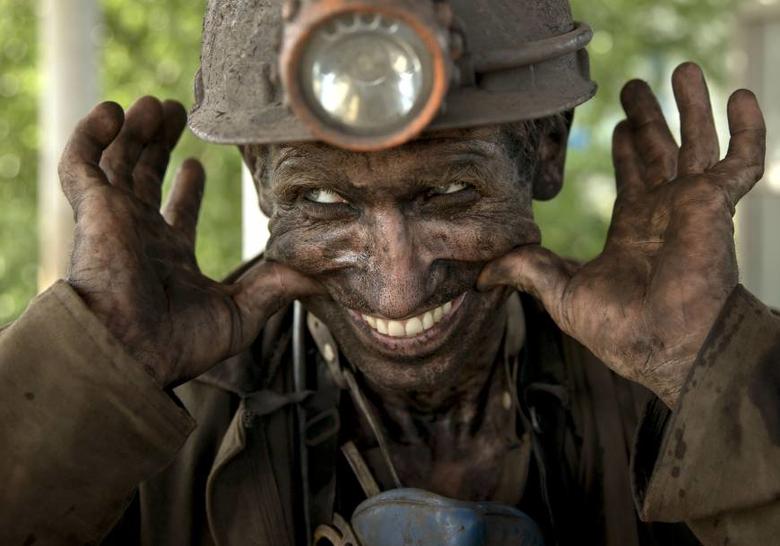
RUSSIA: THE TURN TO THE EAST

Seen in historical perspective, Russia's latest turn to the east is not new. "From the shores of the Pacific and the heights of the Himalayas, Russia will dominate not only the affairs of Asia but those of Europe as well." The Russian statesman who wrote those words was not Vladimir Putin, as some might suspect, but Count Sergey Witte, Alexander III's finance minister, in a memo to his monarch in 1893. Witte, the architect of Russia's industrial revolution, launched the trans-Siberian Railroad, aimed at opening up the resources of the eastern two-thirds of Russia and giving Moscow the means to establish its presence as a great power in the Pacific.
In fact, the Russians have been "turning toward Asia" ever since they first crossed the Urals in the late 16th century; and successive rulers – tsars and commissars alike – have kept going. It is no accident that the name of the port city of Vladivostok, home to Russia's Pacific Fleet, means in Russian, "Rule the East".
Yet for the Kremlin today, the turn to the east has a special urgency. The break-up of the Soviet Union was a blow to the Russian economy as a whole, but for East Siberia and the Russian Far East it was a disaster. Jobs disappeared as military industry, the mainstay of the region, shut down. In Vladivostok, the fleet rusted at anchor. Today the regions are depressed and increasingly depopulated. Along a coastline equal in length to the entire North American seaboard from Florida to Quebec, Russia's Pacific Coast has fewer than 5m inhabitants. China, to the south, has 1.3bn. From Moscow's perspective, it is no longer a question of "dominating the affairs of Asia", but of keeping Russia intact.
Since Mr Putin's return to the presidency in 2012, his focus on Russia's east has steadily intensified. The recently concluded gas agreements signed this year with China, after nearly 20 years of inconclusive negotiations, are the centrepiece of his eastern policy. When the first of these, the "Power of Siberia" pipeline to eastern China, reaches capacity it will ship a volume equal to nearly one-quarter of Russia's 2013 gas exports to Europe. If and when the second pipeline – the "Altay" route to western China – is built, the total could eventually exceed 40 per cent.
But heading east is not the same as getting there. There are considerable obstacles. Gasfields and pipelines are enormous, expensive structures, with lead times measured in decades. Historically, Russia's entire gas industry has been concentrated in the western third of the country. Shifting its centre of gravity eastward requires developing a whole new industry from scratch, and it will not happen quickly. Even on the most ambitious timetable, the Power of Siberia line will not reach its full capacity of 38bn cubic metres a year until the mid-2030s.
Hence there is a powerful logic to the second Russian-Chinese gas agreement, signed two weeks ago, adding the Altay route, which threads the narrow gap between Mongolia and Kazakhstan, and links up with the western end of China's west-east pipeline.
This route has definite advantages from the Russian point of view: it draws from the country's nearly limitless reserves in west Siberia; it branches off from an existing pipeline system; it enables the Russians to swing between the European and Chinese markets. It also helps offset the possibility of a more constricted market for gas in Europe.
All this will require a great deal of money – by some estimates up to $55bn for the eastern route alone. Now western sanctions have added one more obstacle. Although Gazprom, the Kremlin-controlled energy group, is not directly subject to the US and European measures announced to date, the sanctions' indirect impact on Russia's ability to borrow has been unexpectedly severe. To carry out the Power of Siberia project, Gazprom will have to go to international markets for financing, and the prospects are uncertain.
Witte had a similar problem. His trans-Siberian Railway took more than 15 years to build, cost scores of lives and ran more than twice over budget. To finance it, he had to float big foreign loans at high interest rates.
Thus Russia's 21st-century pivot to Asia represents, both metaphorically and physically, the latest stage in Russia's long turn to the east. But, as in the past, it will unfold at a decadal rate. For all of Mr Putin's desire to align Russia more explicitly with China against the US "hegemon", Russia for the foreseeable future will remain anchored in the west and turned toward Europe – in its gas trade, much of its industry and most of its population. Russia will not escape its engagement with Europe.
ft.com





